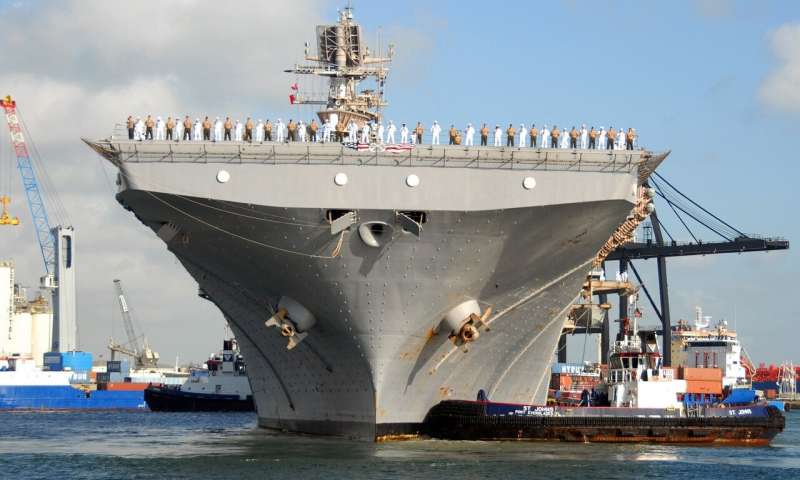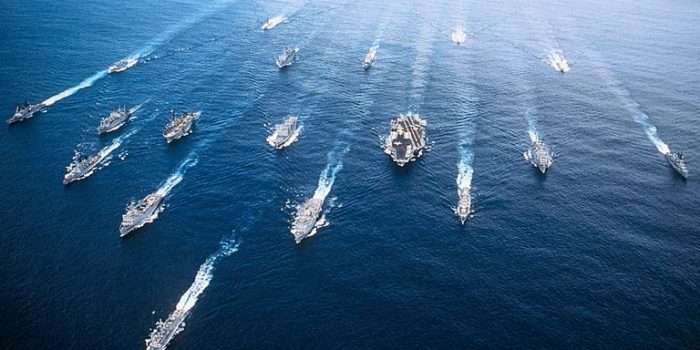University of Rochester chemical engineers, in collaboration with researchers at the Naval Research Laboratory, the University of Pittsburgh, and Oxeon Energy, have demonstrated that a potassium-promoted molybdenum carbide catalyst can efficiently convert carbon dioxide to carbon monoxide, a crucial step in the fuel-making process.
This is the first demonstration that this type of molybdenum carbide catalyst would be used on an industrial scale.
The idea of seawater fuel is straightforward. Ships can accumulate seawater to catalyze into fuel, and they already have pumps on board to return the wastewater.
If ships are independent with the ability to produce a completely infinite amount of their fuel, they’re not just environmentally sound—they’re free to stay at sea for much longer times, especially during some unforeseen emergency.

The reaction at action here is called reverse water gas shift, and it’s used in this setting to turn carbon dioxide into carbon monoxide that can be synthesized into hydrocarbons. To do that, experts use a reactive catalyst made of Molybdenum Carbide. It is scattered with potassium and gamma-alumina. Both potassium and gamma-alumina help ensure the molybdenum carbide put its most available, responsive, and energy-efficient foot forward in the reaction to turn carbon dioxide into carbon monoxide.
The future of Sea-shipping definitely looks promising!


